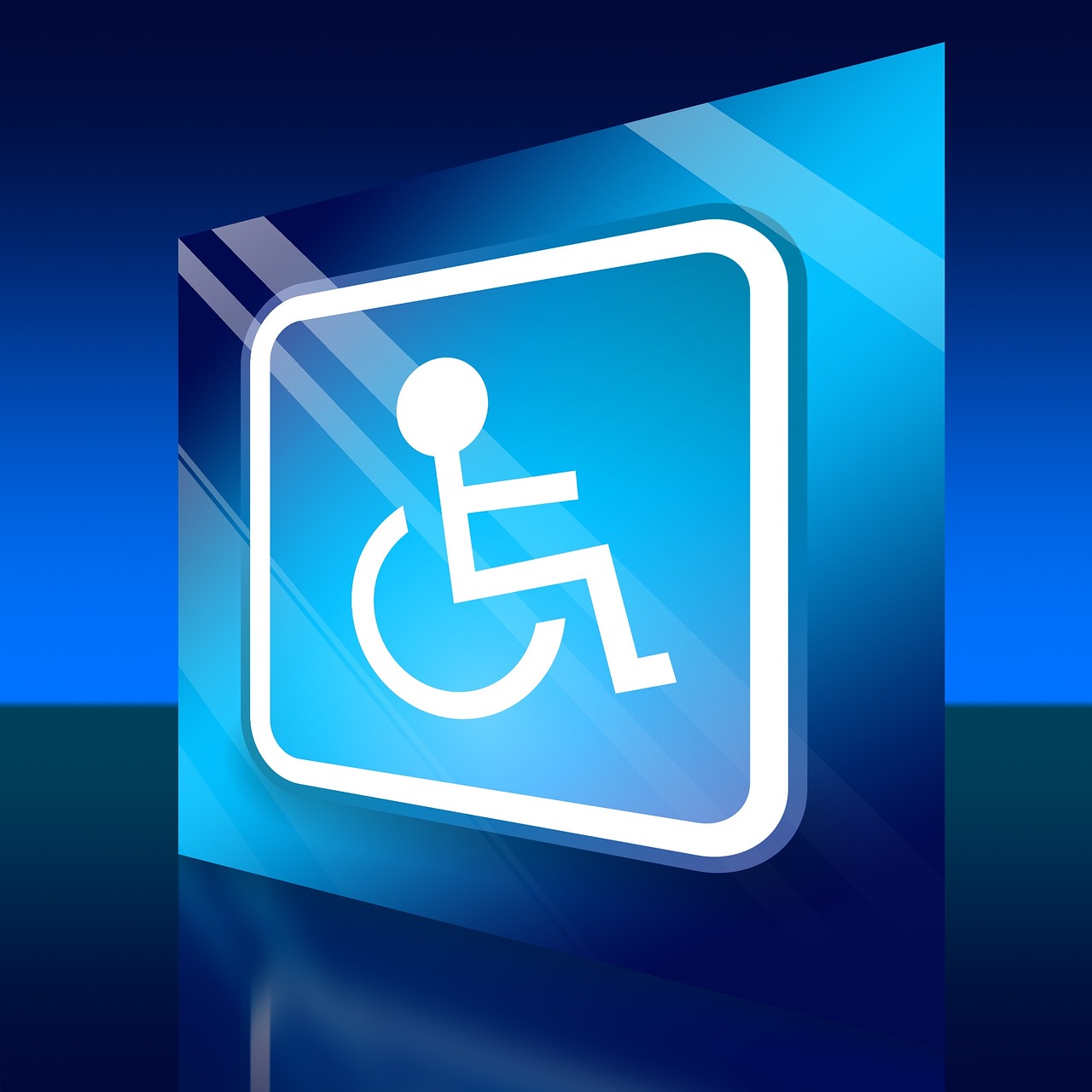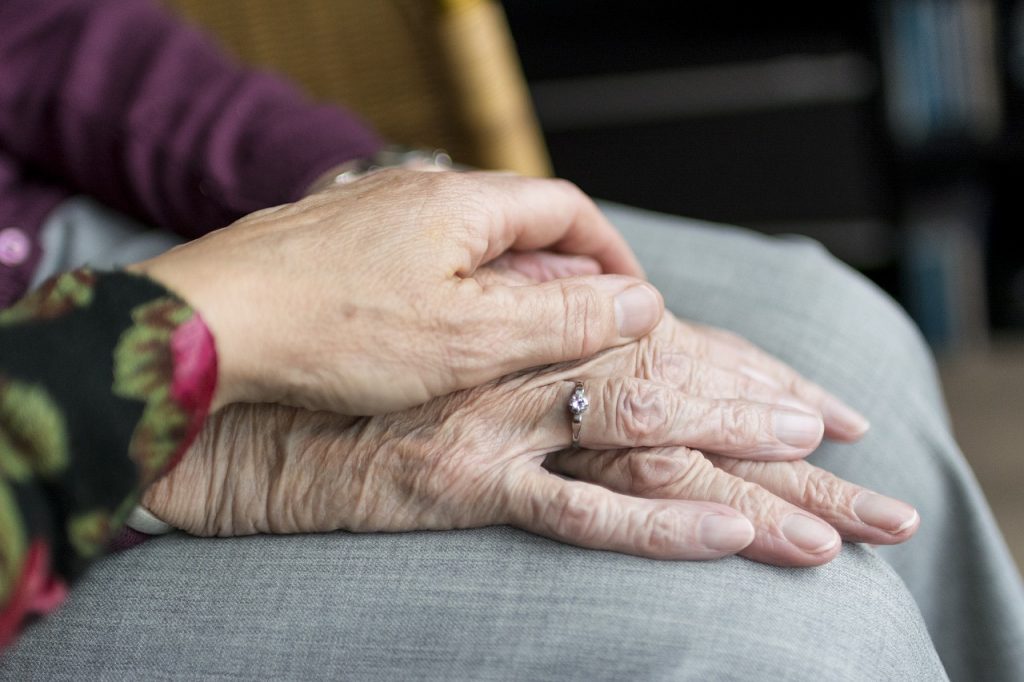From the 30th August 2019, the blue badge disabled parking scheme has undergone its biggest change-up since its introduction in 1970.
Below, we’ve covered what exactly has changed, and how this could affect you.

What’s changed?
The biggest change to the blue badge scheme is that people with hidden disabilities now also have access to the scheme. Eligibility criteria for the scheme will now extend to people who:
- Cannot travel without there being a risk of serious harm to their health or safety
- Cannot undertake a journey without considerable psychological distress being caused
- Have considerable difficulty walking
The changes have been introduced to give people with less obvious disabilities the same right to park in disabled bays as people with physical disabilities.
Why?
These changes were introduced this year following a government consultation that found that people with mental health problems and hidden disabilities face many of the same problems when travelling as people with physical disabilities.
The move follows several years of campaigning from the National Autistic Society, as well as other disabled people and families across the UK, urging the government to widen the focus to more than people’s physical ability to walk to include non-physical disabilities as well.
To help with the changes, the government is giving local authorities £1.7m in funding to help them cope with the expected increase in applications following the changes at the end of August.
The reaction
Many charities have welcomed the changes to the blue badge scheme, hopefully making life a little easier for people with hidden disabilities when they need to undertake journeys that previously could be a huge source of stress.
However, some charities are worried that allocated disabled parking spaces won’t be increased as the application rate for blue badges also increases.
What are the hidden disabilities included?
A few examples of the hidden disabilities that the blue badge scheme now includes are:
- ADHD
- Anxiety
- Autism and Asperger’s Syndrome
- Crohn’s Disease
- Epilepsy
- ME
- Arthritis
This is not an exhaustive list, however. When applying for your blue badge, you will be asked for supporting documents which could be “prescriptions, diagnosis letters or correspondence between professionals that treat your condition”. For hidden disabilities, you’ll also be asked how journeys between your car and destination typically affect your condition.
Read next: Top 10 accessible destinations in the UK for a weekend break
Applying for a blue badge
If you think you are eligible for a blue badge, you can apply for one through your local council.
You’ll need:
- proof of identity
- proof of address
- a recent head and shoulders digital photo
- your national insurance number (if you have one)
- contact details (phone number, email and postal address)
Read more about how to get a blue badge here.
Surewise provides affordable insurance for carers, mobility scooter users, buildings and contents, storage, and more. Read more about our insurance policies and how to cover yourself so you can live life confidently.








